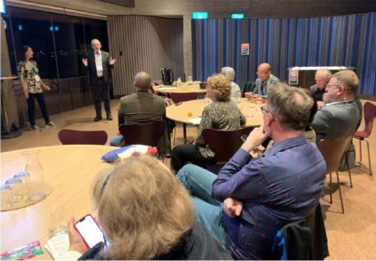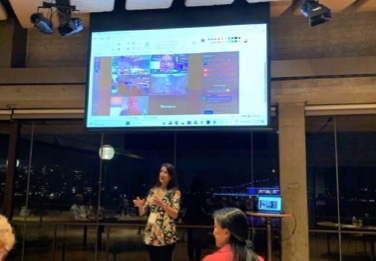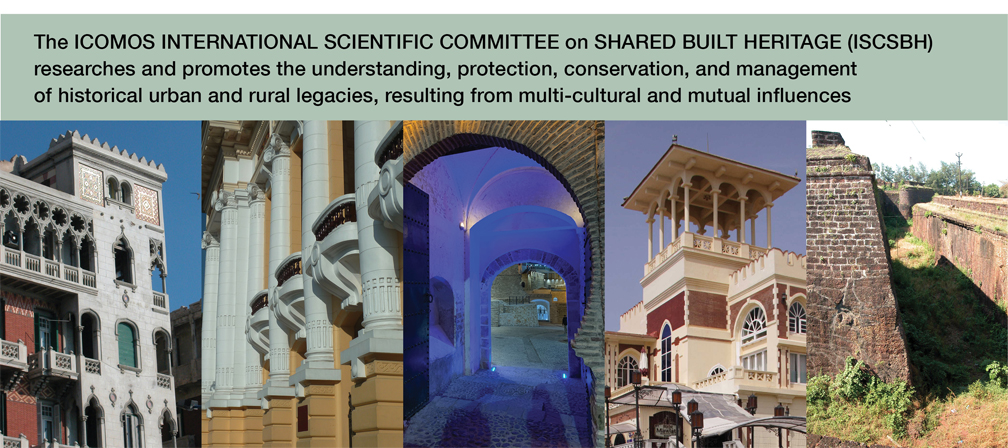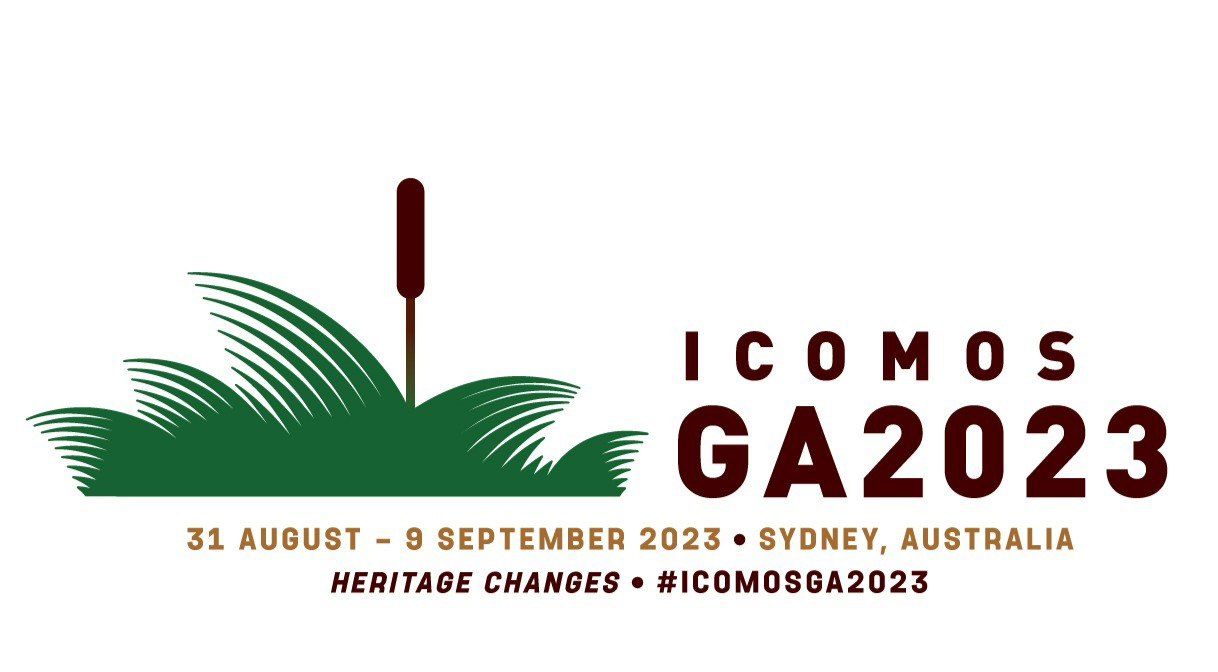International Council on Monuments and Sites (ICOMOS)
21st General Assembly and Scientific Symposium (GA2023)
ICOMOS GA2023 Program
Haberfield Seminar
WG01- ISCSBH Concept
The ISCSBH continues its proposal of webinars related to the theme of Shared Built Heritage around the world; after Thailand and Australia in the last years, on 25 May 2024, the ICOMOS National Committee of Philippines and the Philippines’ members of ISCSBH will present the heritage that they share with the world.
The conference will include three presentations and be held online via Zoom, providing a convenient and interactive platform for participants to engage in discussions and presentations. In addition, the conference will be simultaneously live streamed through the ICOMOS Philippines Facebook page, allowing a broader audience to join and participate in real-time. This hybrid format ensures that attendees can choose their preferred mode of participation while maximizing the reach and accessibility of the conference.
There will be three presentations and we are currently trying to fix a time where we are able to satisfy as many listeners as possible in the various geographical areas of the world.
We will send out the detailed program, time and Zoom link shortly.

The iconic Magellan’s Cross in Cebu stands as a symbol of shared built heritage, transcending borders and igniting a global historical transformation. This significant landmark not only brought Christianity to the Philippines but also altered the course of history globally. Its influence resonates beyond religion, as it became a gateway for diverse cultural exchanges from around the world. Through this heritage resource, we embrace our commonality and celebrate the rich tapestry of our “shared” heritage.
Source: ICOMOS Philippines.
WG 07 - ISCSBH Annual General Meeting
Meeting 2023, this time with the aim of electing the bureau for the next three-year period
2024-2026, in accordance with our bylaws.
Those of you who were there in person and online already know the results, and for
those of you who couldn’t attend, here are the results:
President: Maria José de Freitas (Portugal, second continuous term).
VPresident Europe: Romeo Carabelli (France, second continuous term).
VPresident Asia: Soehardi Hartono (Indonesia, first term)
Secretary General: John Ward, (Canada, first term since 2020.)
Emerging Professional representative: Mohamed W. Fareed (Egypt, first term).

Richard Mackay welcoming members of the ISCSBH to the ICOMOS Sydney 2023 GA
at the Sydney Opera House on 2 September, 2023. (JW).

ISCSBH President Maria José de Freitas speaking at the ISC SBH AGM to those
present and to those participating virtually. (JW).


What is SBH?
The ICOMOS International Scientific Committee on Shared Built Heritage (ISCSBH) was set up to promote greater protection and conservation of the shared heritage built over time by different cultures and civilisations with different social and religious backgrounds. For this purpose, the ISCSBH researches and fosters discussion on the understanding of ‘shared’ and on the management of historical built legacies resulting from multicultural encounters and mutual influences. The group is relatively young, having started in 1998 as the Scientific Committee on Shared Colonial Architecture and Town Planning, and changing its name in 2003 to reflect more open objectives.
In some cases, shared heritage is at the centre of identity narratives constructed by different communities and nations; in others, it is the source of tension, and is therefore neglected. The aim of the scientific group is therefore to understand how shared heritage is valued and promote its revitalization, rehabilitation, and conservation, encouraging the use of existing structures and of traditional building techniques as much as possible.
To this end, the ISCSBH organises meetings, debates, study visits, symposia, and conferences with the aim of disseminating the state of the art in various technical, scientific and academic fields, promoting the exchange of knowledge and, through thematic workshops, trying to instill a taste and curiosity for heritage conservation among young people and emerging graduates.






